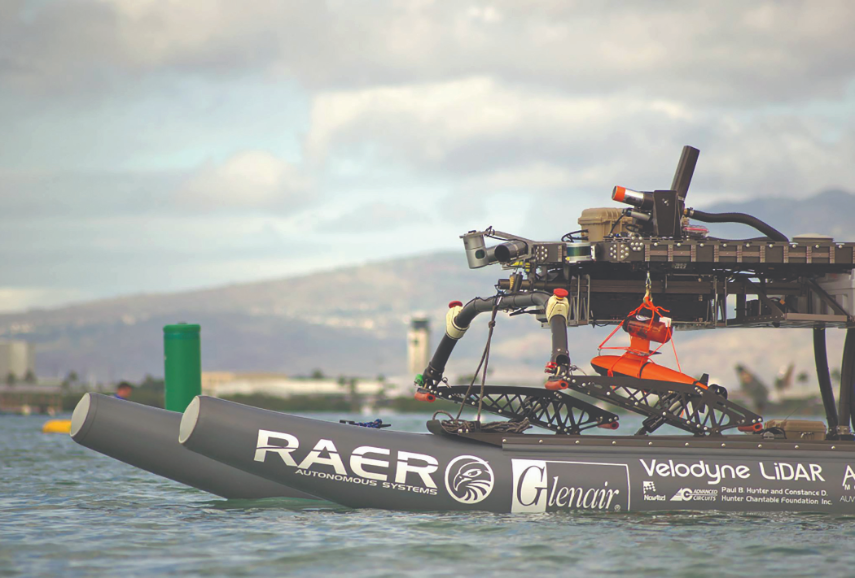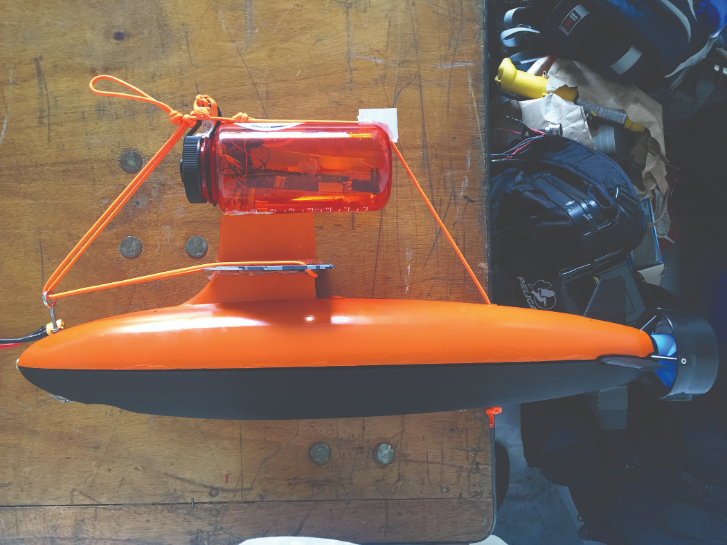Students at Embry-Riddle Aeronatical University (ERAU), wanted the best of everything when it came to the submarine they entered in the Maritime RobotX Challenge, off Sand Island, Hawaii. Team Minion, with members from 11th grade students to Ph.D. candidates in software, electrical and mechanical engineering, wanted “more than a hull with okay shape and okay structure,” said Chris Hockley, Ph.D. candidate. What they wanted was a streamlined and watertight vessel. And, of course, they wanted to win the international competition. Team members were charged with securing sponsors to help fund travel and hardware for their challenge sub and boat. The 16-foot robotic boat or WAM-V, had to be transformed into an autonomous seagoing robot that used cameras, lasers and sonar. Team Minion had planned for the robot to deploy a submarine, but instead chose to deploy an autonomous seagoing robot that rode on the surface of the water with a submersible camera.
Since their 2014 vessel entry, Team Minion employed a fundamental design shift, choosing to make their vessel an autonomous, reconfigurable sensor platform. “Because we needed the vessel to have communication with the surface at all times, it wasn’t possible to deploy a true submarine,” said Hockley. Instead, these autonomous systems feed on the information delivered to them, including weather conditions and traffic, which are communicated through sensor suites of cameras, RADAR and LIDAR. These systems are encased in a hull or housing, which needs to withstand many perils during competition, including flooding or leakage and heat build-up within the closed housing. Seeking a competitive edge, the team considered many housing options. “But we weren’t willing to sacrifice function.”

